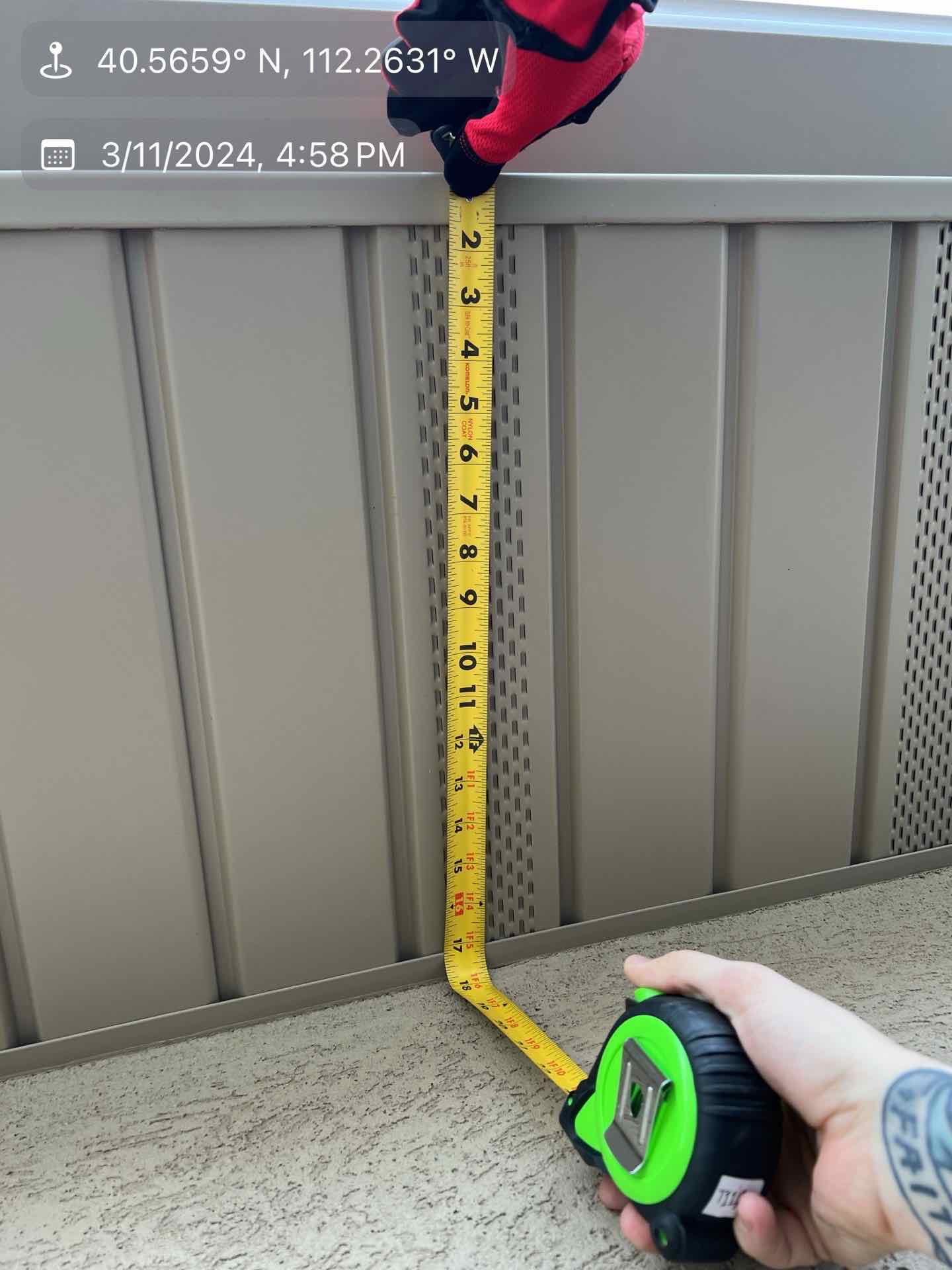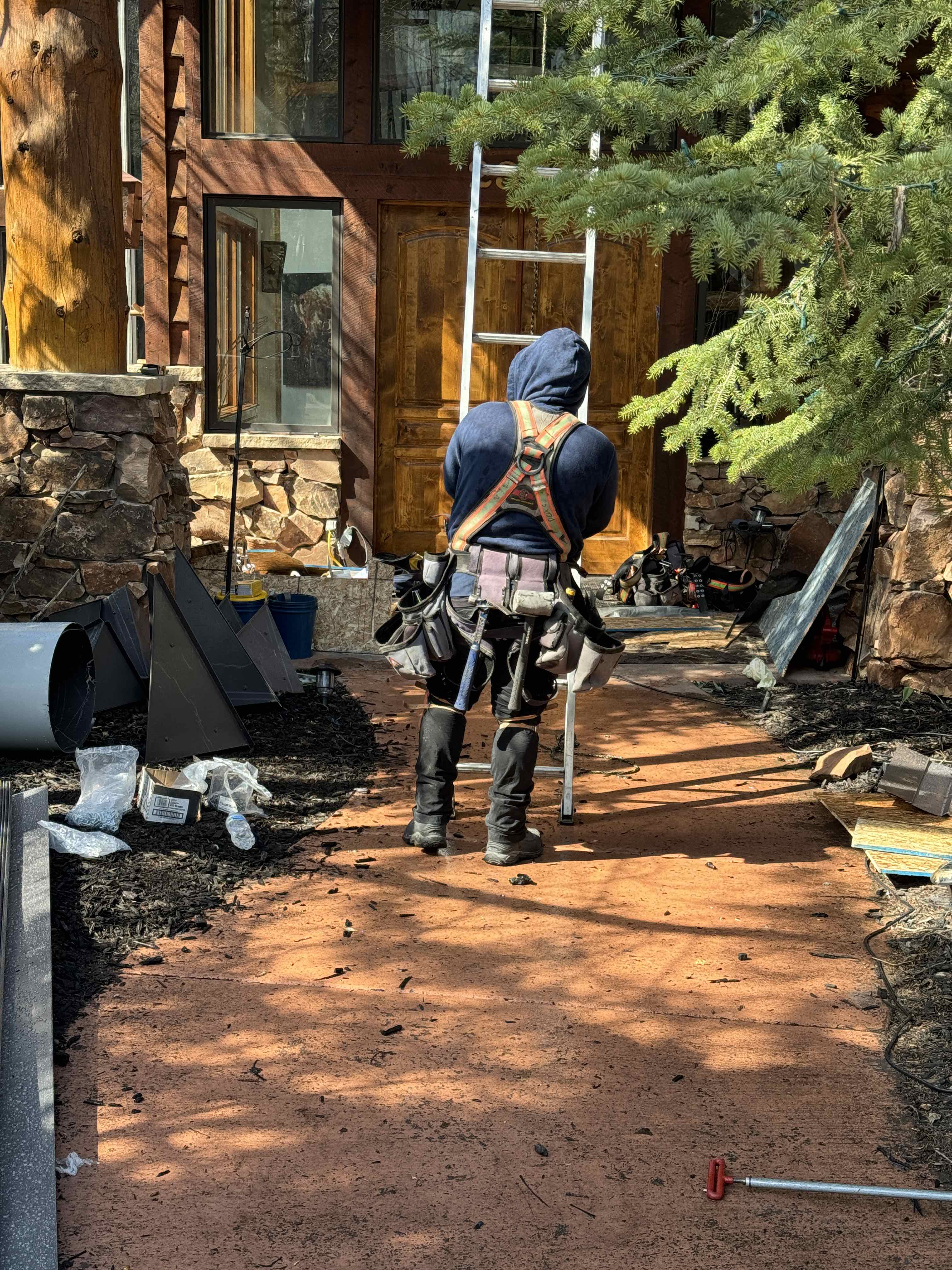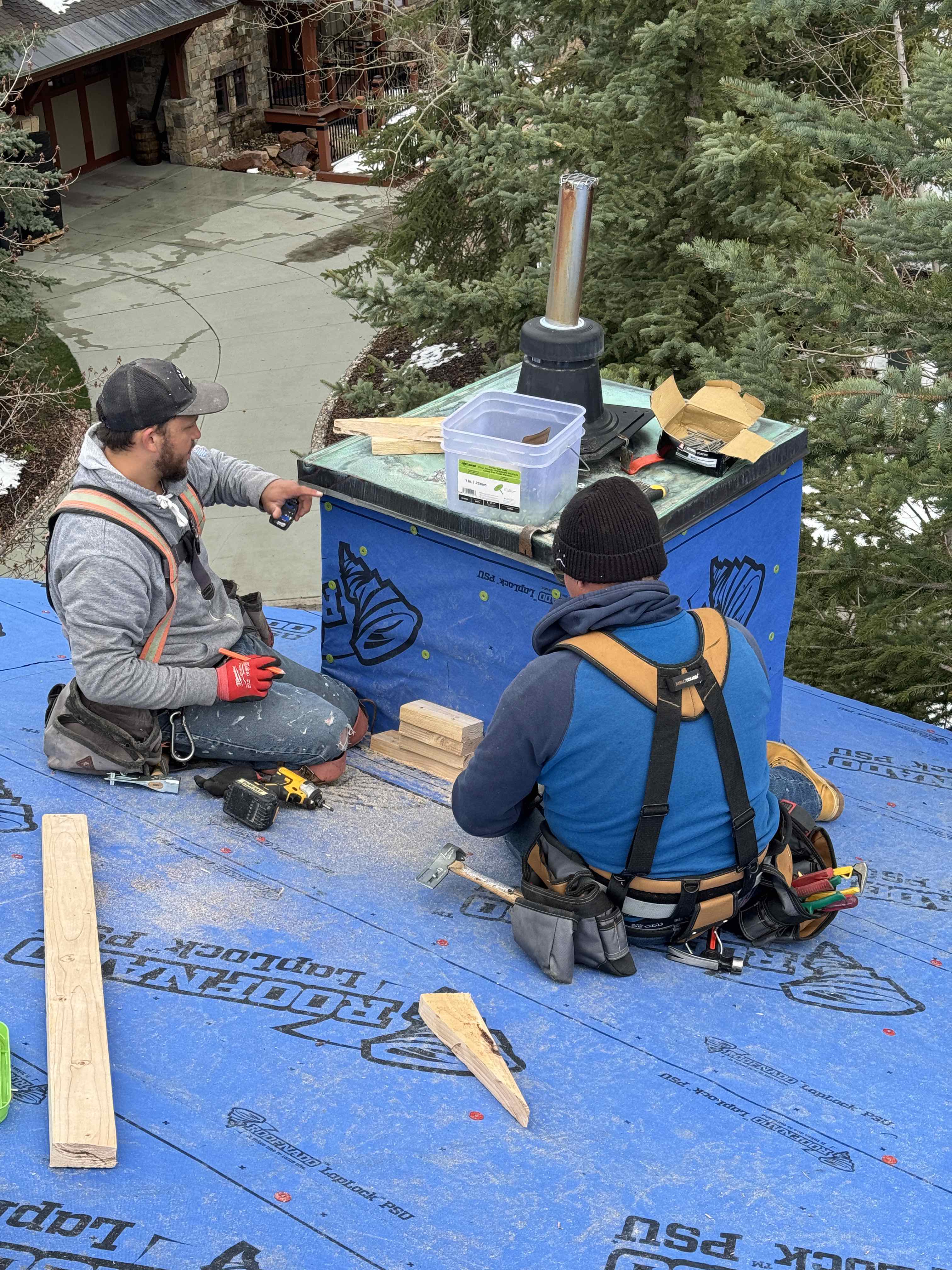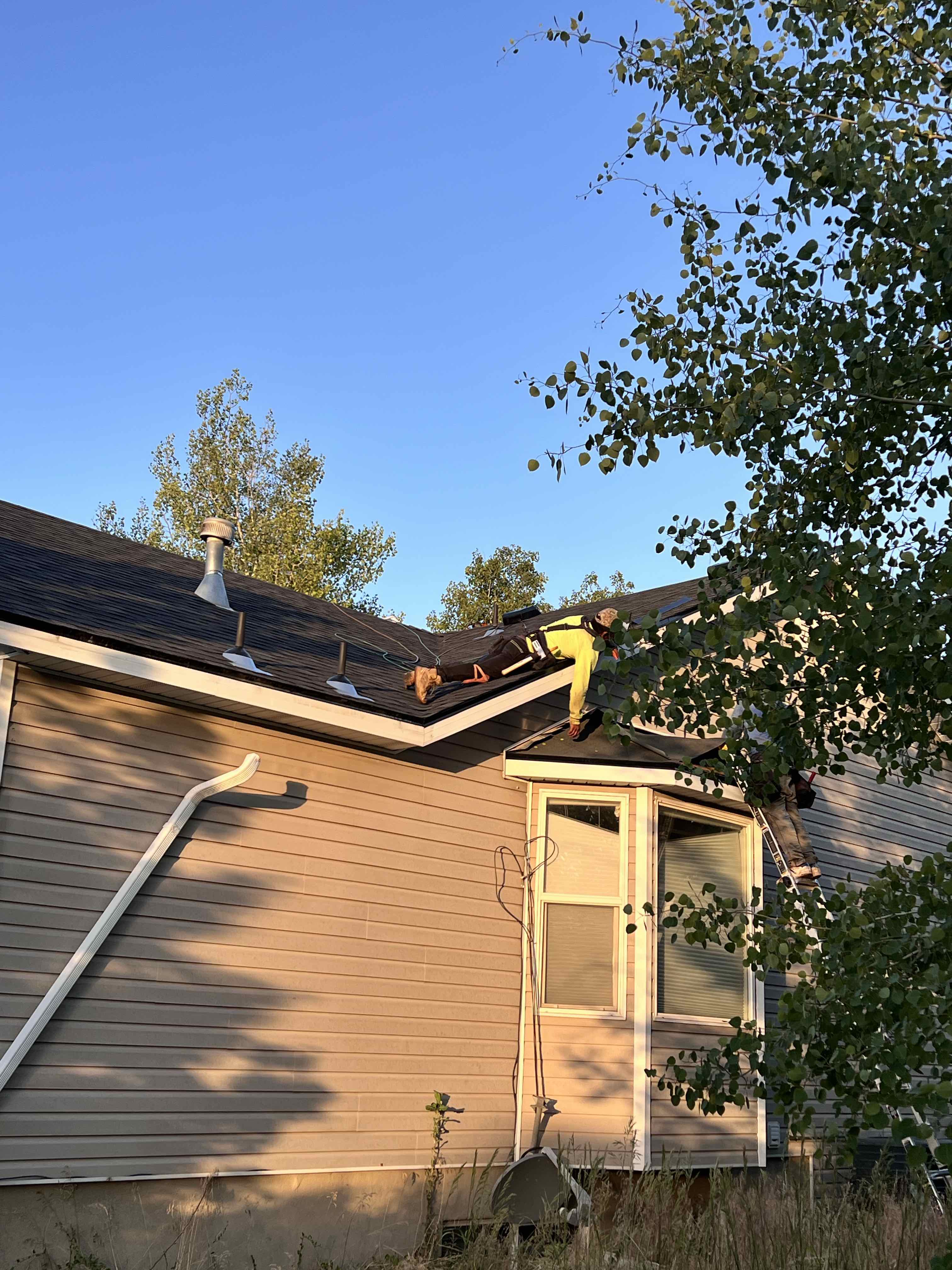
Dealing with roof damage can be stressful, but understanding the insurance claim process can make it much easier. This guide will walk you through the essential steps of filing a roofing insurance claim, ensuring you get the coverage you deserve.
The first step in any roofing insurance claim is to assess the damage. After a storm or other damaging event, carefully inspect your roof for signs of damage such as:
- Missing or damaged shingles
- Dents in metal roofing or gutters
- Water stains on ceilings or walls
- Granules from shingles in gutters

2. Document Everything
Thorough documentation is crucial for a successful claim. Take clear, detailed photos of all damage, both from the ground and, if safe, from the roof itself. Make notes about when the damage occurred and any related weather events.
"Proper documentation can make the difference between a successful claim and a denial. Don't skimp on details!" - Insurance Adjuster
3. Review Your Insurance Policy
Before filing a claim, review your homeowner's insurance policy. Understand what types of damage are covered, your deductible amount, and any specific procedures your insurer requires for claims.
4. Contact Your Insurance Company
Notify your insurance company about the damage as soon as possible. Many policies have time limits for reporting damage. Be prepared to provide:
- Your policy number
- Date of the damage
- Type of damage
- Any temporary repairs made
5. Meet with the Insurance Adjuster
Your insurance company will likely send an adjuster to inspect the damage. Be present during this inspection and point out all areas of concern. Don't be afraid to ask questions or seek clarification.


6. Get Multiple Repair Estimates
Obtain estimates from several reputable roofing contractors. This can help ensure you're getting a fair settlement and can provide leverage if the insurance company's offer seems low.
7. Negotiate Your Settlement
If you disagree with the insurance company's settlement offer, don't be afraid to negotiate. Use your contractor estimates and documentation to support your case.
8. Complete Repairs and Follow Up
Once you've agreed on a settlement, proceed with the repairs. Keep all receipts and documentation. If you discover additional damage during repairs, contact your insurance company immediately.
Remember, the key to a successful roofing insurance claim is thorough documentation, prompt action, and clear communication with both your insurance company and your chosen roofing contractor.

Chris Vastardis
Roofing Insurance Specialist
Chris Vastardis has over 15 years of experience in the roofing and insurance industries. He specializes in helping homeowners navigate complex insurance claims and ensure they receive fair settlements for roof damage.